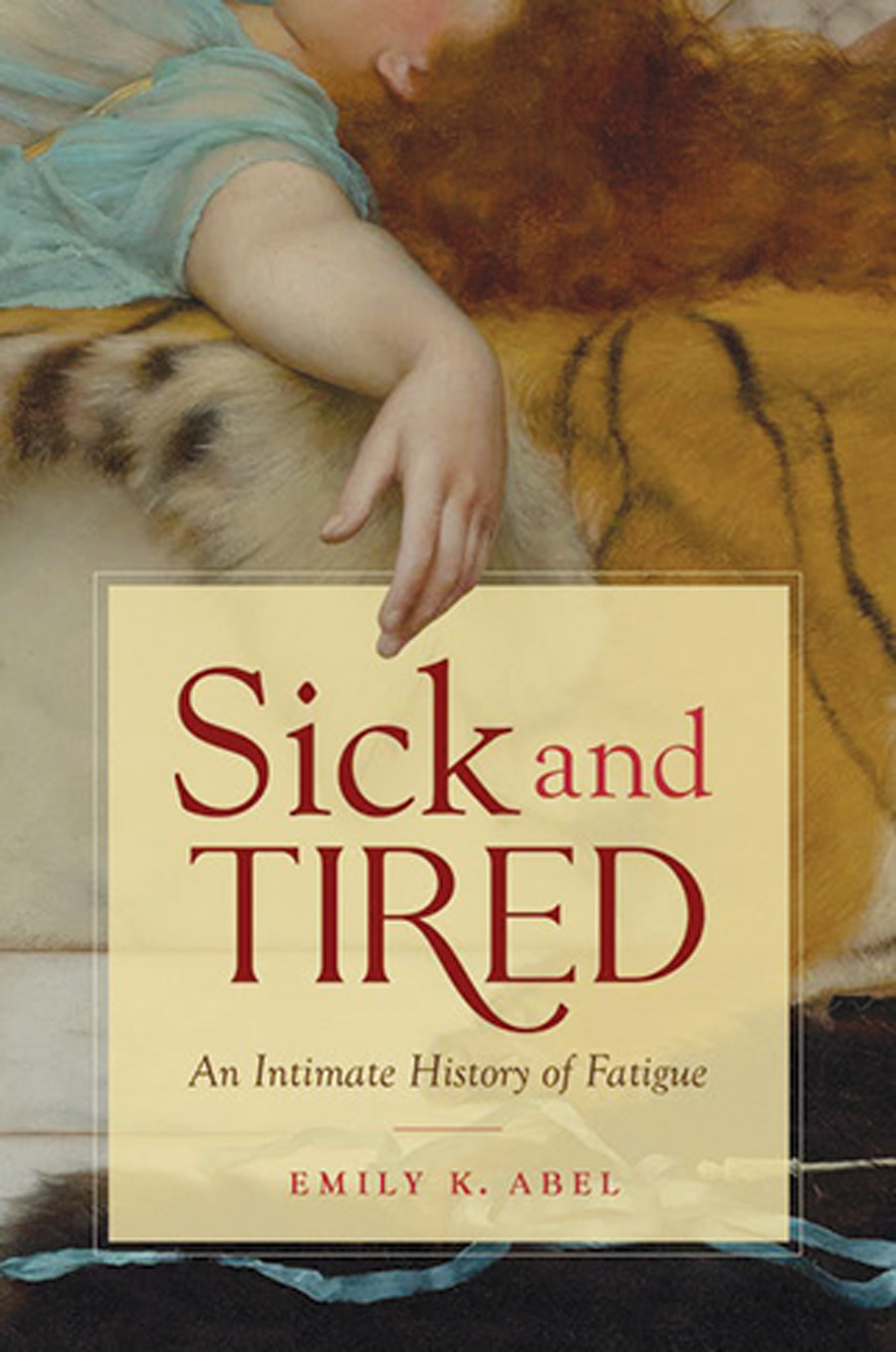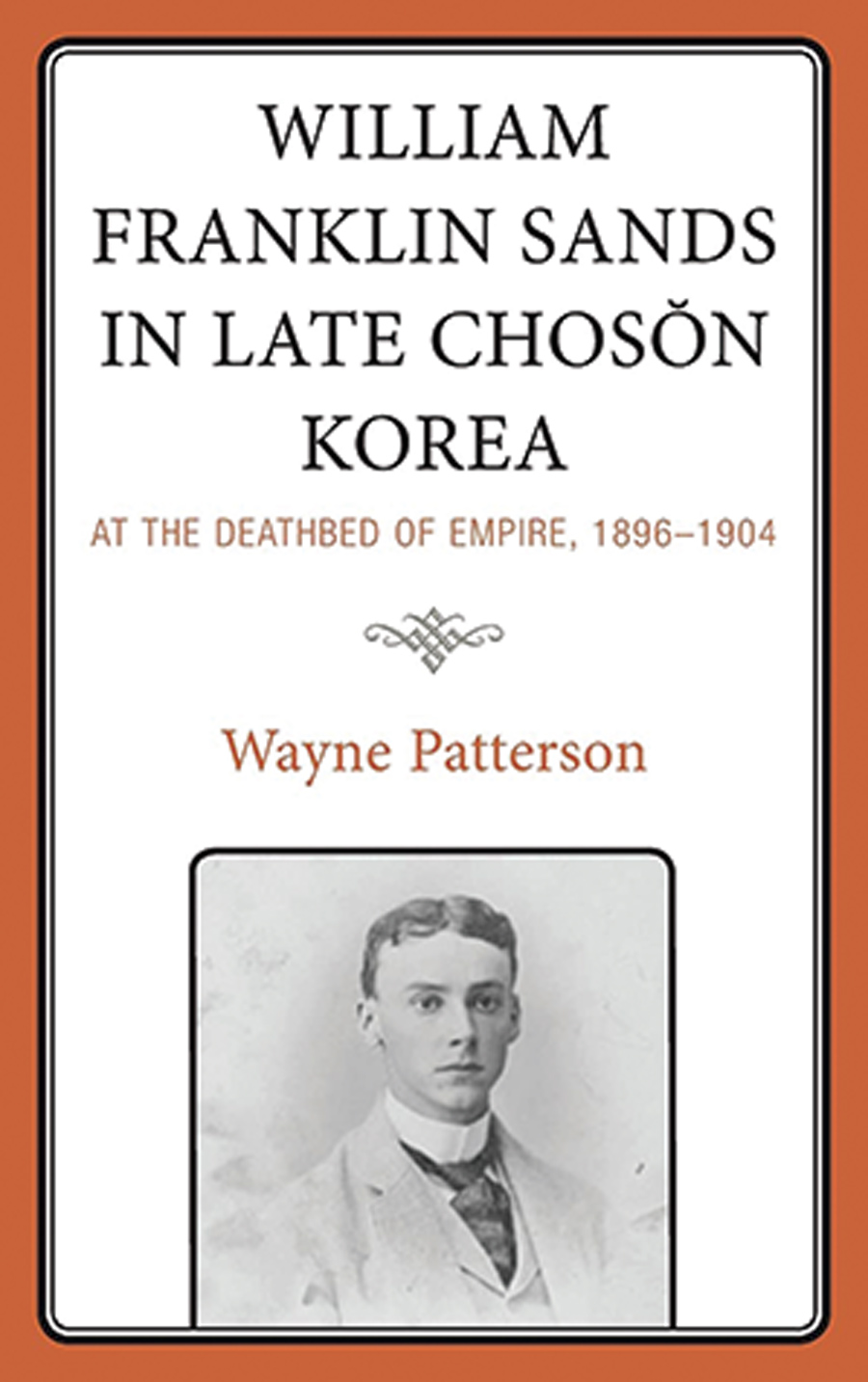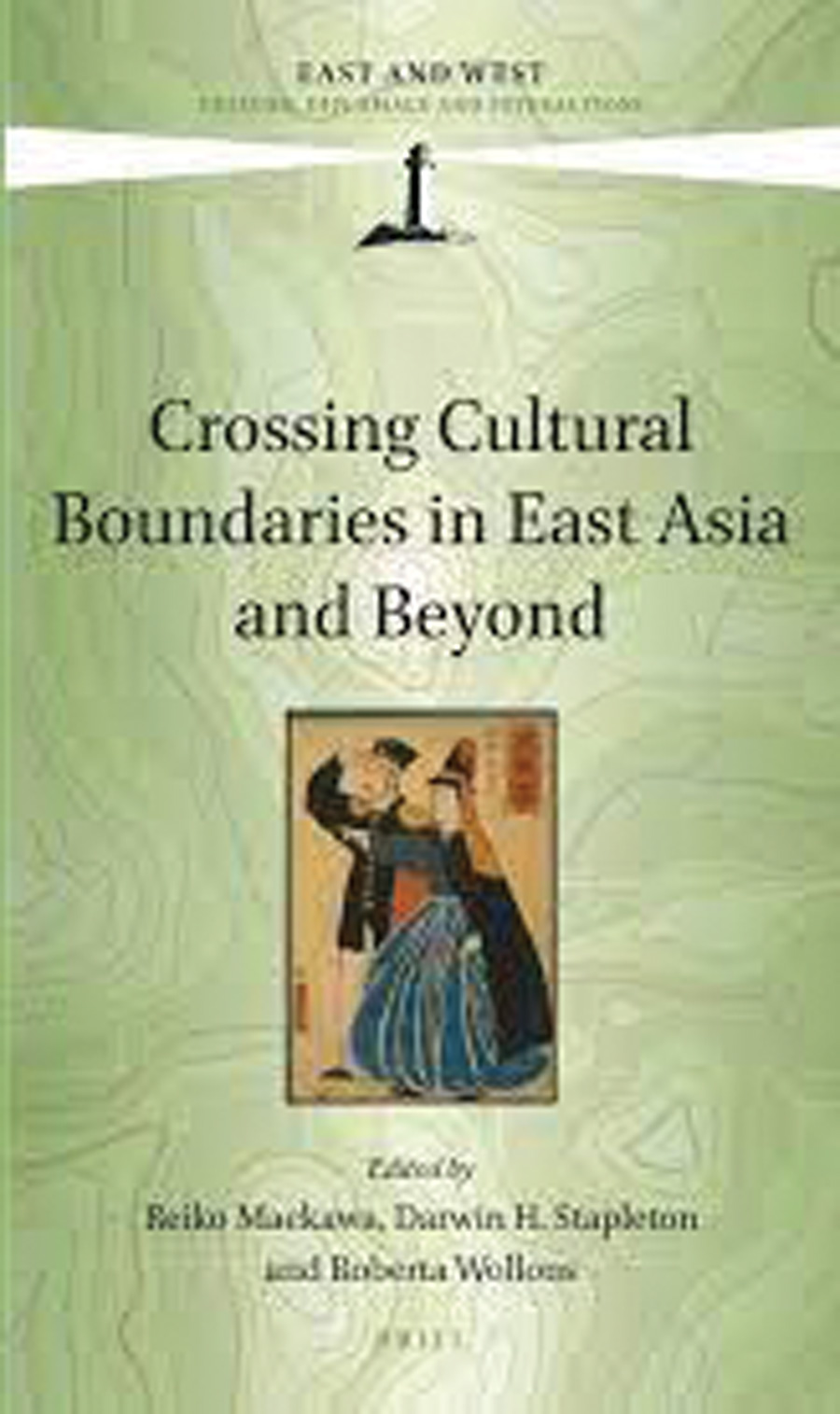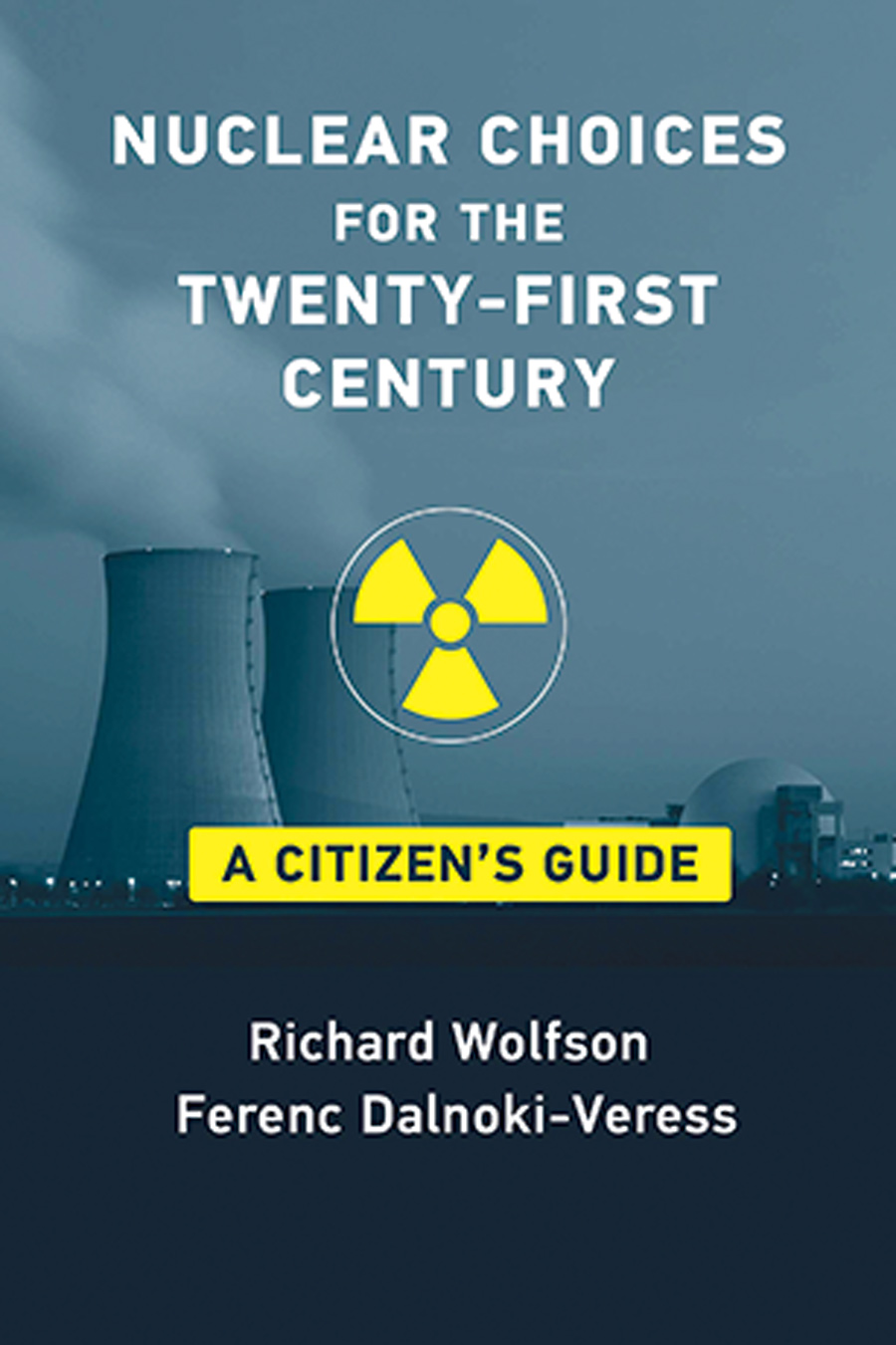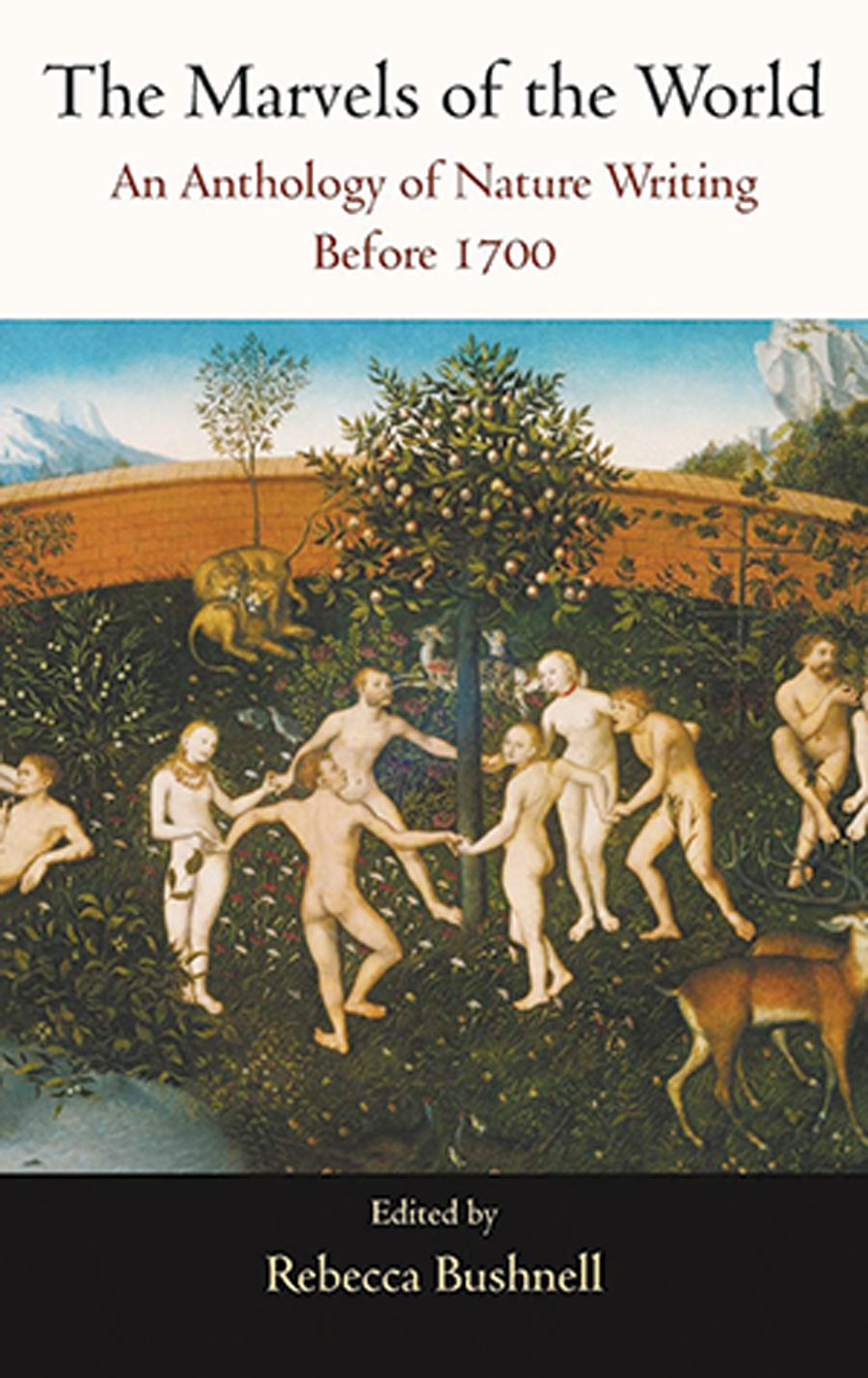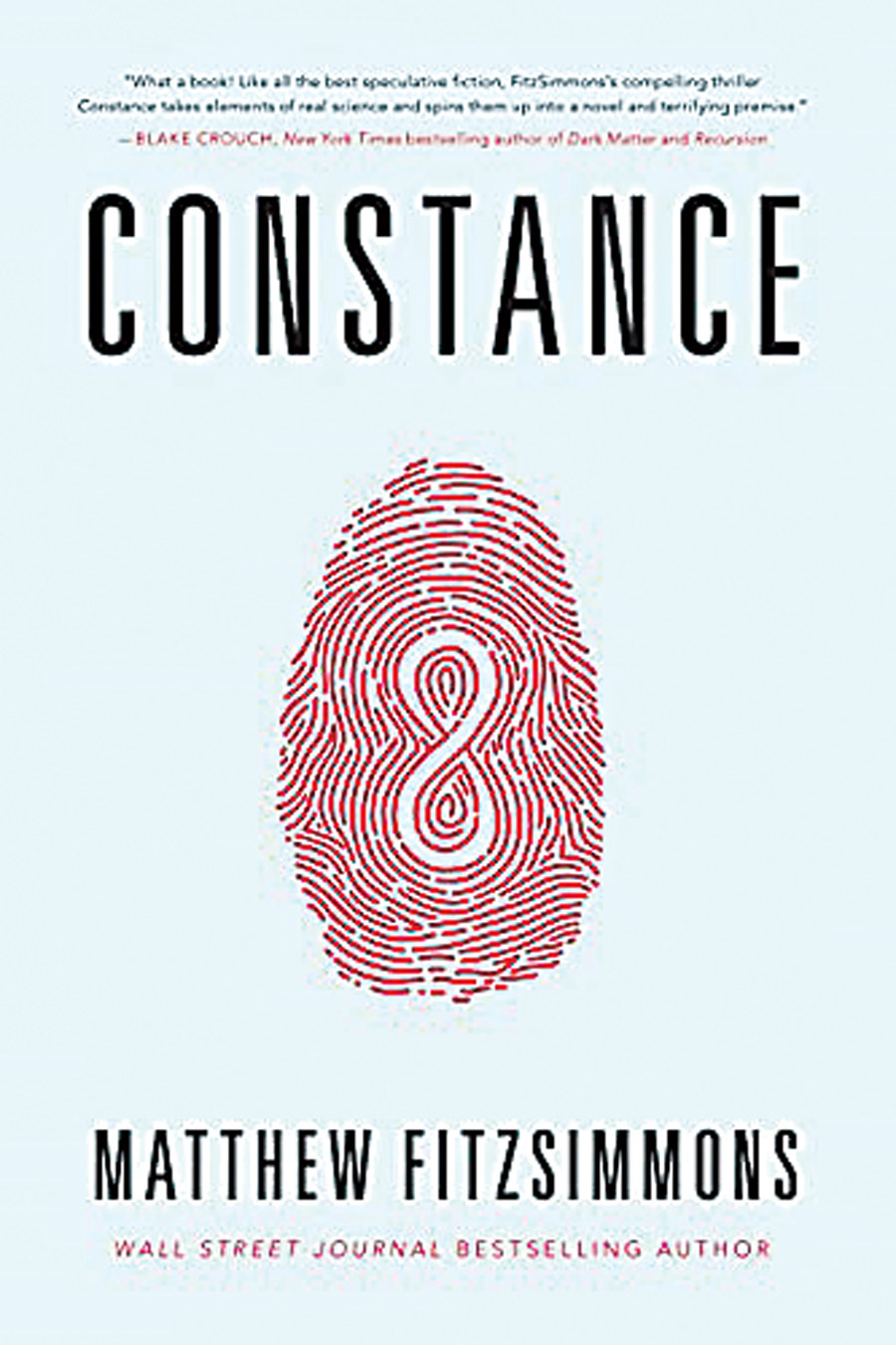Joseph Horowitz ’70
Dvorák’s Prophecy and the Vexed Fate of Black Classical Music
Norton
In 1893, the composer Antonin Dvorák prophesied a school of American classical music based on the searing melodies of Black music he had discovered since arriving in the U.S. But while Black music would be foundational for popular genres known the world over, it never gained a foothold in the concert hall. Challenging the standard narrative for American classical music, Horowitz looks back to literary figures to ponder how American music can connect with a “usable past.”
Rebecca Bushnell ’74, ed.
The Marvels of the World: An Anthology of Nature Writing Before 1700
University of Pennsylvania Press
Long before the Romantics embraced nature, people in the West saw the human and nonhuman worlds as both intimately interdependent and violently antagonistic. With its peerless selection of 98 original sources concerned with the natural world and humankind’s place within it, The Marvels of the World offers a corrective to the still-prevalent tendency to dismiss premodern attitudes toward nature as simple or univocal.
Carolyn Lesjak ’85
The Afterlife of Enclosure: British Realism, Character, and the Commons
Stanford University Press
The enclosure of the commons, space once available for communal use, was not a singular event but an act of “slow violence” that transformed lands, labor, and basic concepts of public life leading into the 19th century. The Afterlife of Enclosure examines three canonical British writers — Charles Dickens, George Eliot, and Thomas Hardy — as narrators of this history, the long duration and diffuse effects of which required new literary forms to capture the lived experience of enclosure and its aftermath.
Matthew FitzSimmons ’93
Constance
Thomas & Mercer
In this thriller set in the near future, human cloning is a reality. After a routine upload of her consciousness goes terribly wrong, young Constance D’Arcy wakes up 18 months later, her recent memories missing. Her “Original,” she’s told, is dead. If that’s true, then what does that make her? The secrets of Con’s disorienting new life are buried deep, and so are those of why she died. Only one thing is certain: Con is being marked for murder. All over again.
Jeremy Weinstein ’97
System Error: Where Big Tech Went Wrong and How We Can Reboot
Harper
naive optimism about technology’s liberating potential has given way to a dystopian obsession with biased algorithms, surveillance capitalism, and job-displacing robots. Armed with an understanding of how technologists think and exercise their power, Weinstein and fellow Stanford professors Rob Reich and Mehran Sahami share their insights and solutions to help clarify what is happening, what is at stake, and what we can do to control technology instead of letting it control us.
Susan Roth ’04 (writing as Rose Lerner)
The Wife in the Attic
Audible Originals
This Gothic thriller reinvents one of literature’s most twisted love triangles. With devious sophistication, Lerner weaves a haunting tale full of secrets and sharp edges. Will the governess’s loyalties ultimately lie with the master of the house — or with the wife in the attic? Romantic and suspenseful, Lerner’s latest novel is perfect for fans of Jane Eyre, Rebecca, and Portrait of a Lady on Fire.
Roman Shemakov ’20
The Digital Transformation of Property in Greater China
World Scientific
The global trade war is not just a reordering of technology; it’s a reordering of cities. One way for the U.S. to catch up, this book argues, is through public-private partnerships between Silicon Valley and Washington, D.C. — or to “copy” China. Co-written by Shemakov, Paul Schulte, and Dean Sun, Digital Transformation explores the people and companies blazing trails in China’s “Internet of Everything” to transform the way we live, buy, and move.
